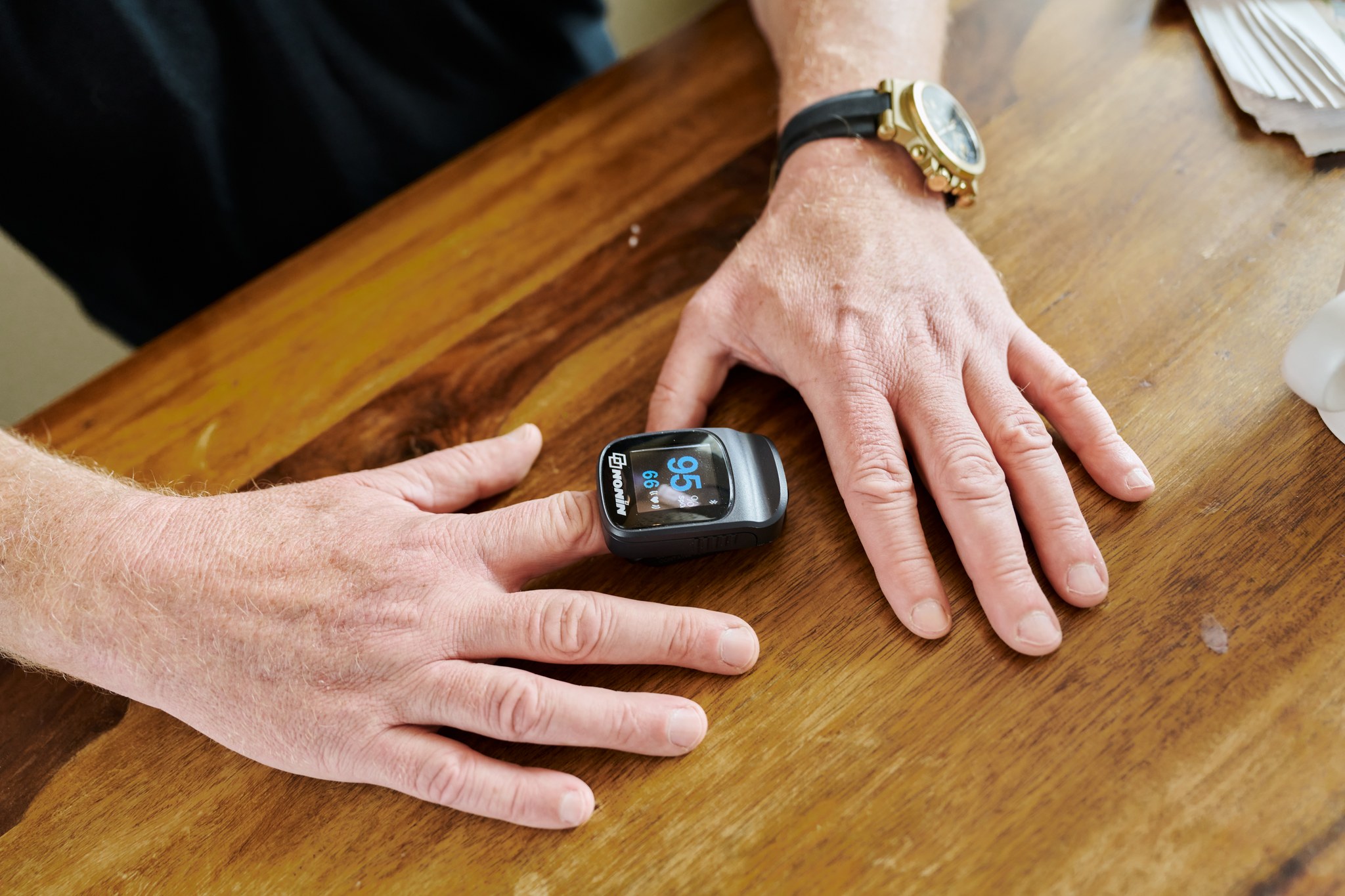Customer success case: Linde Saúde x Medixine
Portugal’s leading homecare provider Linde Saúde uses Medixine’s telehealth platform for remote patient monitoring and triage. Provided from their Clinical Management Centre, the service is powered by Medixine’s technology and run by eight healthcare professionals. After the introduction of Medixine Suite the triage team has been able to reduce up to 40 % of their manual work.
The triage team monitors regularly 300 patients with respiratory or cardiovascular diseases. The team works as a gate keeper between the hospital and the patient staying at home. If the triage team finds a need for further care activities, they will be handled by the patient’s own hospital.
“Our mission is to provide telehealth with a human touch. We feel that with Medixine’s system we have truly been able to achieve that. The platform is very easy to use, and it allows for configuration to match our business needs. Remote monitoring devices work so reliably that there is no need for extra maintenance visits to patients anymore”, says Clinical Management Centre Manager Sandra Guedes from Linde Healthcare.

Typical workday at Clinical Management Center
The patients have been assigned remote monitoring devices based on their disease, and they take measurements usually on a daily basis.
In the morning
A team of two healthcare professionals starts their morning by going through all alerts from 300 patients’ health measurements in the Medixine Suite platform. They open every new alert and analyze them:
- How much was the measured result above or below the threshold for that patient?
- Does the result deviate from the patient’s previous results?
- Is there an increasing or decreasing trend in the latest measurements? Or could this one measurement result be just an anomaly and “false alarm”?
If a true alert is suspected, the team member calls the patient. During the phone call, the professional fills in a questionnaire related to the patient’s disease. The questionnaire includes usually 5 to 9 questions about signs and symptoms and the patient’s overall wellbeing.
Based on the questionnaire answers given by the patient, the triage team member decides on further steps to be taken.
In the afternoon
If it seems that the patient needs to see a doctor, his/her medication should be changed or there is some other reason to consult a doctor, the triage team will contact the hospital that is responsible for that patient.
After escalating the alert (or deciding that the alert does not cause any further action), the professional marks the alert as checked in the platform.
A doctor (external to Linde organization) can communicate directly with the patient or visit with the patient.
The system also alerts if the patient has not taken a measurement on a scheduled day. In that case a technical alert will be triggered at 1 p.m. The triage team takes notice of technical alerts as well and contacts the patient to check why the measurement was not taken. By 4 p.m. every day, all the alerts (including technical alerts) should have been checked, analyzed and escalated further if needed.
Medixine’s platform has definitely helped us to improve our process in the triage service. Since as much as possible is automated and the system works fluently, more time has been left for our staff to interact with the patients that really need their help.”
Sandra Guedes, Manager of Clinical Management Center, Linde Healthcare
Do you want to enhance your processes and improve the quality of care? Let’s do it together!
